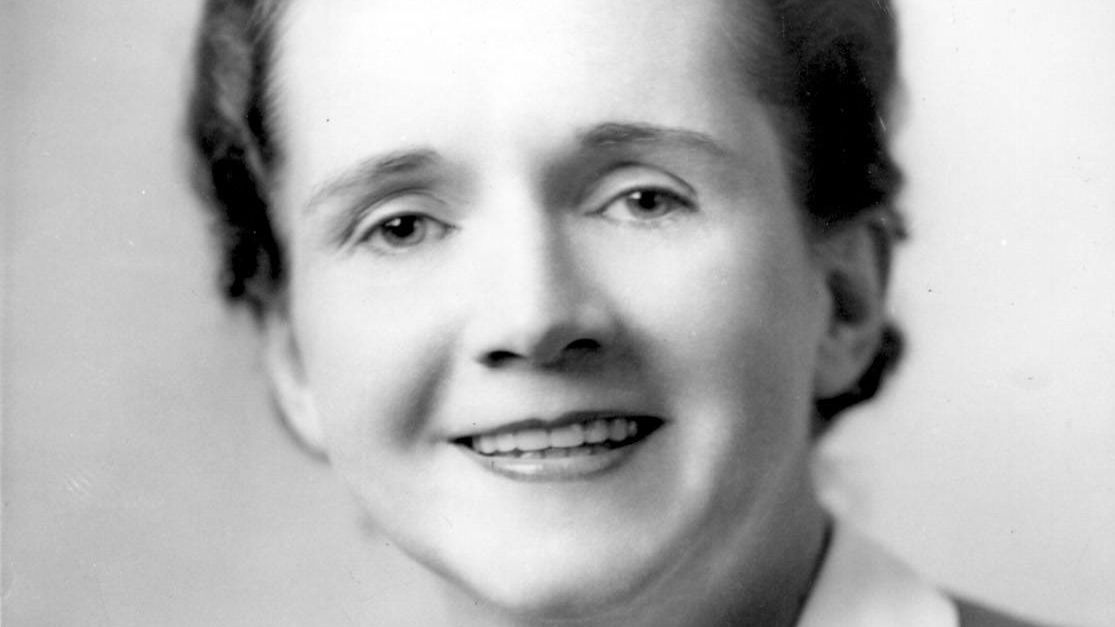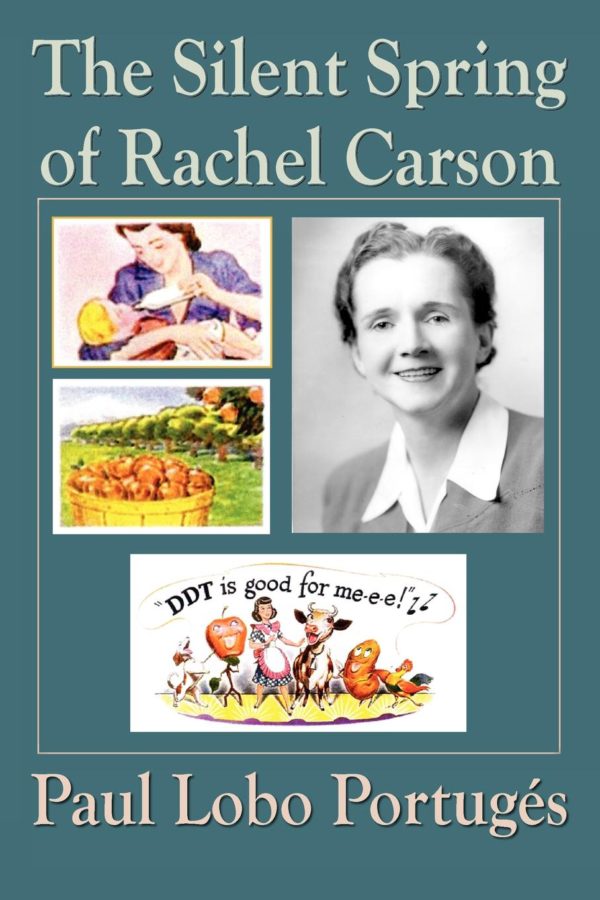

She continued to write articles for both government and mainstream publications that presented elegant arguments on the need to preserve our natural world, including the oceans. In 1935, Carson’s aptitude for communicating science earned her a job with the U.S. Rachel Carson used the radio to advocate for the world's oceans. in zoology from Johns Hopkins University in 1932. She switched her major to biology-one of only three women at the school to join that department-and later earned her M.A. At the time she began attending, Carson had her sights set on earning an English degree and becoming a teacher and writer. She originally wanted to major in English.Ĭarson pursued formal education with zeal, winning a scholarship to the Pennsylvania College for Women. Her story was accepted and published in 1918.

Nicholas magazine, a publication geared to young writers that had also published pieces from William Faulkner and F. She also loved writing: At age 10, Carson wrote a story about a downed fighter pilot, “ A Battle in the Clouds,” and submitted it to St. Her family lived on 65 acres of farmland roughly 14 miles outside of Pittsburgh, Pennsylvania. Rachel Carson published her first story at age 10.Ĭarson’s love of nature was no doubt due to early exposure. Take a look at a few facts about Carson’s inspiring life.

Her book Silent Spring detailed how chemicals like DDT could have unintended consequences both the work and the public’s reaction to it helped usher in the modern environmental movement. Although she spent most of her career as a marine biologist, Rachel Carson (1907–1964) is remembered mostly for raising the alarm over the dangers of pollution and pesticides.


 0 kommentar(er)
0 kommentar(er)
